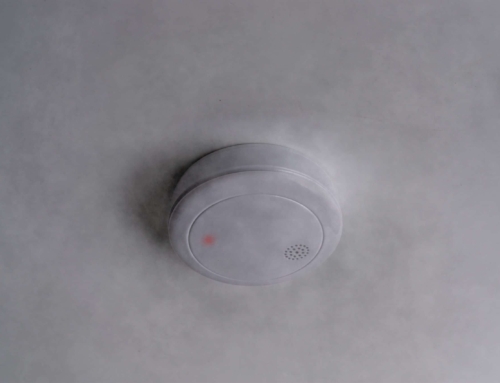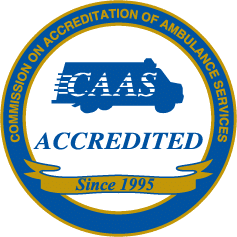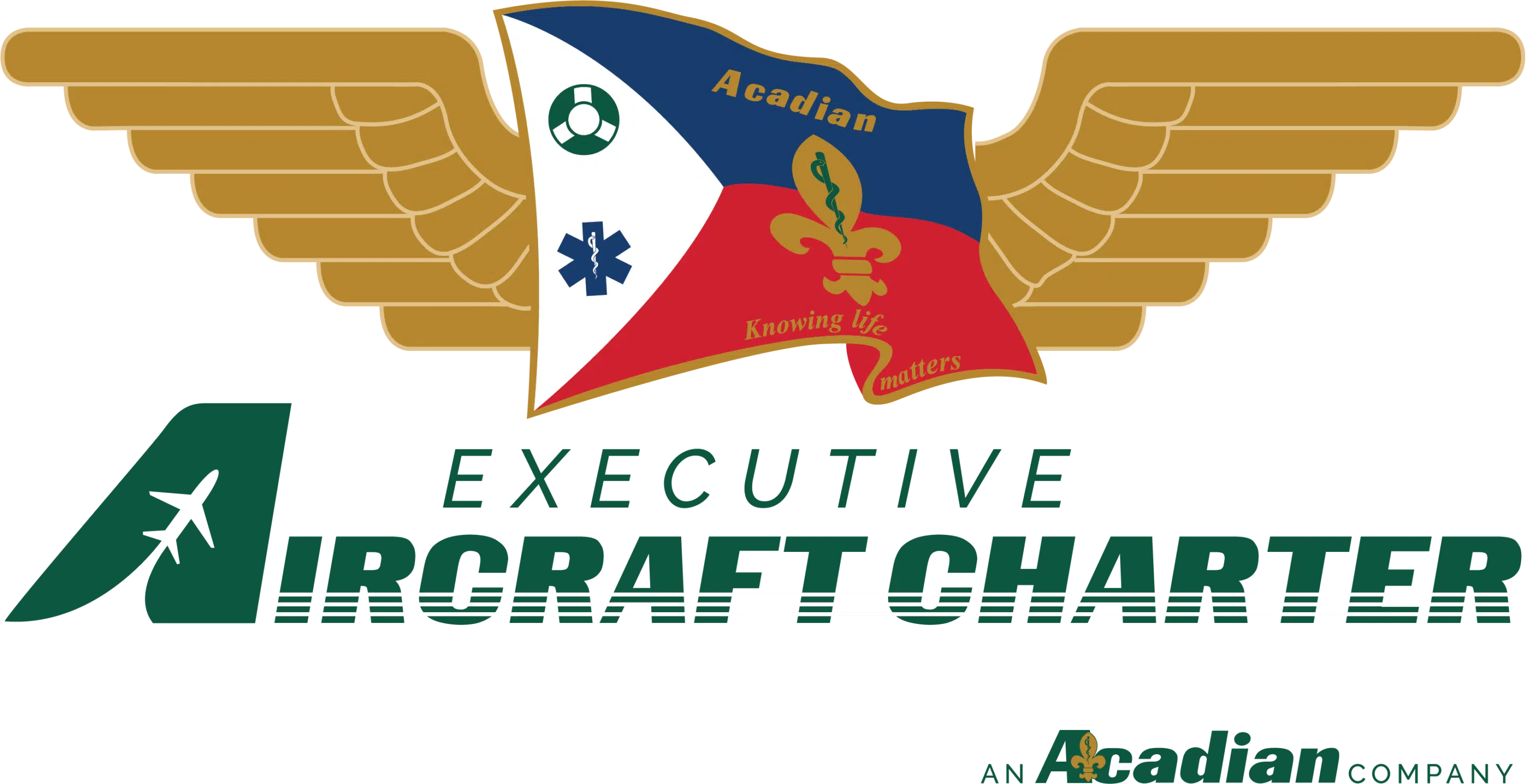
When children are in school, it’s important for everyone to remember safety practices that protect both drivers and students.
 Bus and driving safety
Bus and driving safety
- Put your phone away and pay attention to the road.
- Slow down and abide by posted school zone speed limits.
- Allow yourself extra drive time to account for additional traffic and extra stops.
- Be courteous to school buses on the road.
- Never pass a school bus that is stopped to load or unload children. It is illegal in all 50 states. And never pass a school bus on the right; it is illegal and dangerous.
- If a school bus is stopped with flashing red lights, traffic in both
directions must stop on a two-lane road; a three-lane road with a
center turn lane; and a four-lane road with no median or other physical
barrier. - On a divided highway with a grass median or other physical barrier,
vehicles moving in the same direction as the school bus must stop, and oncoming traffic should proceed with caution. - Yellow flashing lights indicate that the bus is preparing to stop to pick up or drop off children. If you are driving, slow down and prepare to stop. Red flashing lights and an extended stop arm indicate that the bus is stopped, and that children are getting on or off.
- The area 10 feet around a school bus is at the highest risk for child being hit, so give enough room to allow space for children to get on or off the bus.
- Drive slowly and watch for children walking in the street, especially if there are no sidewalks. Be aware of children playing or waiting around bus stops.
 Bus safety for riders
Bus safety for riders
- Pay attention when getting on or off the school bus.
- Don’t stand too close to the curb or street while waiting for the bus.
- Stay seated during your ride, even while the bus is stopped.
- Wait to cross the street until the bus driver lets you know it’s safe to do so.
- If you need to cross the street in front of the bus, walk on the side of the road until you are 10 feet ahead of the bus. You always should be able to see the bus driver, and the bus driver always should be able to see you.
- Walk on the sidewalk if one is available. On a street with no sidewalk, walk facing traffic.
- Before you cross the street, stop and look both ways to see if cars are coming. Always cross at a crosswalk or an intersection—never in the middle of the road.
- Look both ways when walking through a parking lot or across a driveway. Never dart out in front of a parked car.
 Bike safety
Bike safety
- Ride on the right side of the road, with traffic, in a single-file line.
- Stop completely before crossing a street, and walk the bike across the road.
- Students should always wear a properly fitting and secured helmet when riding their bike.
 Safe at school
Safe at school
- Choose a backpack with ergonomically designed features to enhance safety and comfort.
- Backpacks should weigh no more than 10-20 percent of your child’s body weight.
- Teach children to use both straps when wearing their backpack to evenly distribute the weight on their shoulders.
- Encourage students to frequently wash their hands with soap and water for at least 20 seconds or use an alcohol-based hand sanitizer with at least 60% alcohol.
- Children should cover their mouths and noses with an elbow or a tissue when coughing or sneezing.
- Keep an open dialogue with your children and offer to be an outlet for handling social struggles or bullying.
- Teach students that if they see or hear anything unusual and suspicious on campus, they should report it to a teacher or principal immediately.
Let’s help ensure that all of our children have a safe space and productive school year.

 Bus and driving safety
Bus and driving safety Bus safety for riders
Bus safety for riders Bike safety
Bike safety Safe at school
Safe at school













